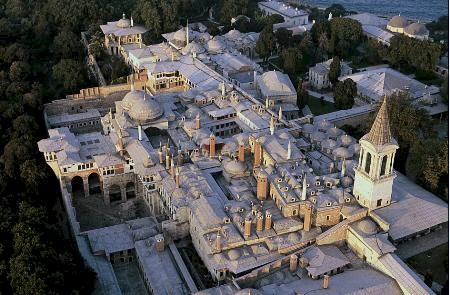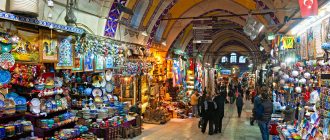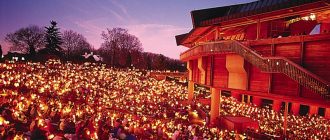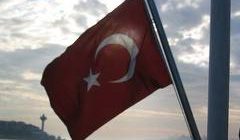Are you visiting Istanbul and want to know about things to do? The Topkapi palace museum is a must see for any tourist visiting Istanbul
History of the Topkapi palace
The Topkapi palace was built by the Turkish Sultan Mehmet the Conqueror in 1453 after taking Istanbul from the Byzantines. The Topkapi palace was used as the royal residence in Istanbul by a succession of Turkish sultans for nearly three hundred years. The last Sultan to use Topkapi palace as their official residence was Mahmut II and after him the Ottoman sultans chose to live in newer palaces around Istanbul.
Topkapi Palace today
The Topkapi palace no longer serves as a residence but is one of the most important museums in modern Turkey, receiving thousands of visitors from Turkey and abroad all year round. The Topkapi palace museum opens daily at 9:30am and usually stays open until 5pm although opening hours are extended into the evening during the height of the tourist season in the summer months. If you do decide to visit the Topkapi palace museum in Istanbul be sure to allow at least a few hours to be able to see everything Topkapi has to offer. The structure of Topkapi palace is built around four main courtyards each serving a specific function during Ottoman times.
The layout of Topkapi palace museum
The first main court the visitor sees upon entering the Topkapi palace museum in Istanbul is the court of the Janissaries, who served as an elite bodyguard unit to the Sultan based in Istanbul, and used this courtyard as a dinner hall.
The second courtyard in the Topkapi palace in Istanbul was frequented by the statesmen who used this place to conduct all matters of official business pertaining to the running of Istanbul and the empire. On the side of this second courtyard are the vast kitchens and armoury, both of which house interesting exhibits for the visitor to see.
The third courtyard of The Topkapi palace in Istanbul formed part of the inner sanctum of the palace where only very few people had access. The gate of this courtyard was staffed by eunuch slaves of the sultan and anybody wishing an audience with the Sultan would have to be accompanied by these eunuchs. Foreign ambassadors would be taken through to this courtyard to present themselves to the sultan.
The fourth courtyard of the Topkapi palace museum in Istanbul was built in the nineteenth century with visible European influences in the design. This courtyard has many interesting rooms surrounding it including the circumcision room where young boys of the palace would be brought to go through this religious right of passage, probably performed by the royal doctor whose quarters were also attached to this courtyard.





